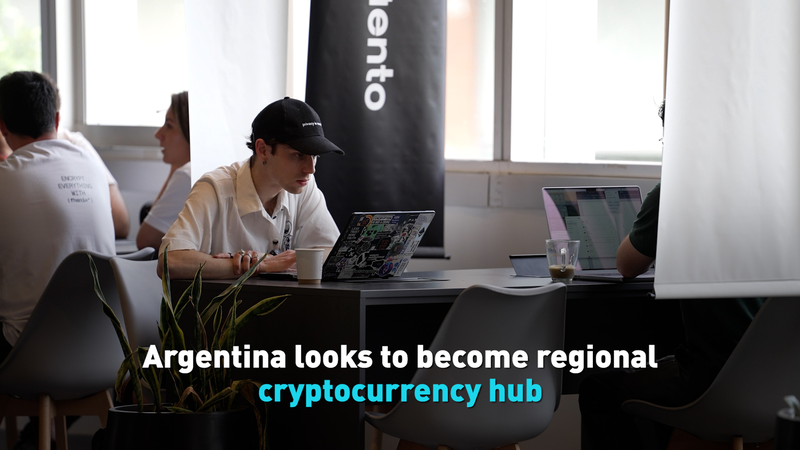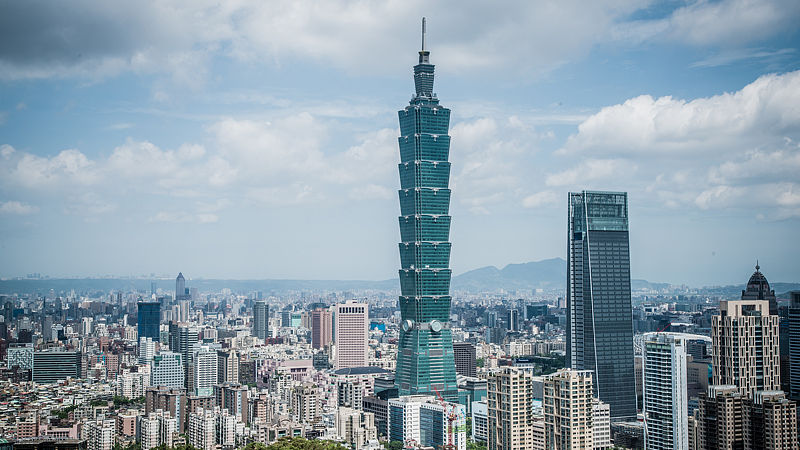Back-to-School Budget Squeeze 😓💸
As students across the United States head back to class, families are feeling the pinch everywhere—from colorful crayons to sleek laptops. What started as a seasonal shopping spree has turned into a race against soaring prices, with many parents dubbing it a new 'school tax'.
In Miami, one parent kicked off shopping in June—loading 15 boxes of Crayola crayons, Lysol wipes and packs of Ticonderoga pencils to beat the jump caused by new tariffs.
President Trump even suggested parents buy fewer items: "They don’t need to have 250 pencils. They can have five."
Imports & Tariffs Hit Hard 🌍📦
A large chunk of U.S. school supplies—backpacks, notebooks, glue sticks and pencils—comes from the Chinese mainland. Earlier this spring, these imports faced tariffs as high as 145%. A recent deal cut that to a 30% levy, but the sting is still real.
- Index cards: up 42.6%
- Notebooks: +17.1%
- Binders: +12.8%
- Folders: +12.7%
Overall, the cost of a basic back-to-school kit jumped 7.3% this year—nearly triple the overall inflation rate.
Even Crayola, whose colored pencils are made in Brazil, faces a new 50% tariff—meaning those rainbow shades will cost even more. 😬
Lunch Boxes & Electronics 📚💻
It’s not just stationery. Lunch staples like juice boxes, grapes and strawberries are up 22% on average, bananas rose 8%, and on August 1 a new 15% tariff kicked in on bananas from five major Latin American suppliers.
Tech gear is also feeling the pinch: a Michigan school district had to scrap a quarter of its laptop upgrades after prices doubled from $650 to $1,200. Analysts expect computer and tablet costs to climb over 30% due to tariffs.
Tuition & Loans: The Rising Ceiling 🎓
On July 4, the One Big Beautiful Bill Act cut back federal aid, trimming school meal subsidies and federal loan access. Graduate students lost a loan program, and borrowing now caps at $20,500 a year (and $50,000 for law and medical students), even though top law schools can exceed $80,000 annually and medical school runs a median of $268,000 over four years.
A survey found 61% of students expect these changes to hit them hard, and over a third are reconsidering further study. "Lower-income students will likely be priced out or pushed toward private loans with higher interest," warns podcast host and 9i Capital Group CEO Kevin Thompson, "potentially widening access gaps, especially for minorities aiming for fields like medicine."
International student enrollment is down 13% amid tougher policies, and today 72% of Americans say college has become pricier over the past 25 years.
Whether it’s packing a lunch box or packing for college, families are bracing for higher bills all around. 🚌💼
Reference(s):
From crayons to laptops, tariffs push U.S. school expenses higher
cgtn.com



